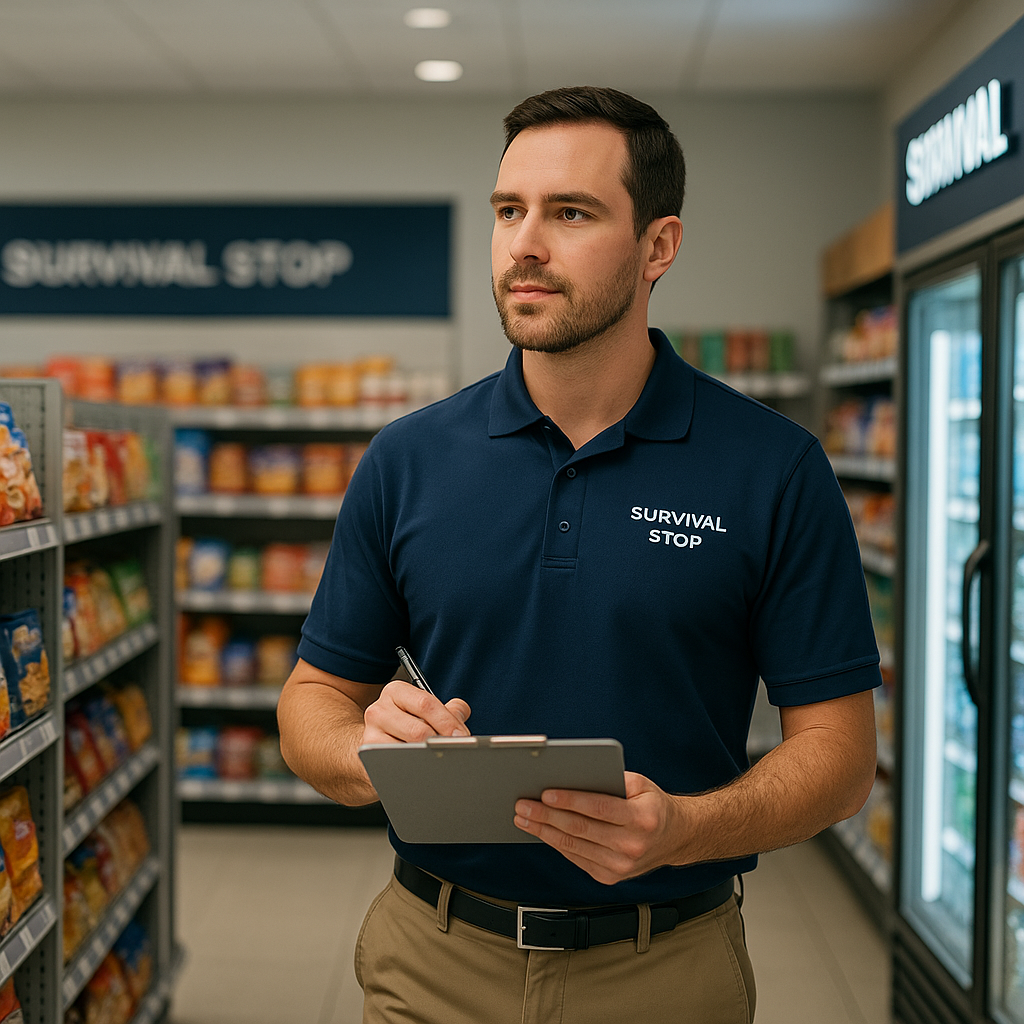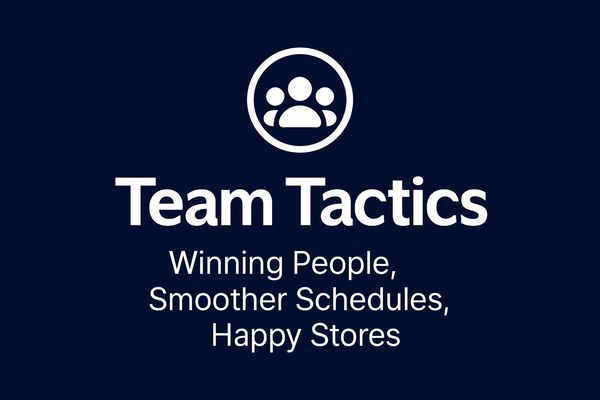Step-by-Step Guide to Conducting a Store Walk
Effective store walks transform routine inspections into strategic management activities. Systematic evaluation from exterior to interior, food safety compliance, customer service observation, and proper documentation drive measurable business results.

Effective store walks represent one of the most powerful tools convenience store managers have for maintaining operational excellence, ensuring compliance, and identifying improvement opportunities before they become costly problems. Understanding how to perform a store walk in a convenience store systematically transforms routine inspections into strategic management activities that drive measurable business results.
"A structured store walk is like taking your store's vital signs," explains Rebecca Martinez, who manages four Survival Stop locations across suburban Phoenix. "Without a consistent process, you might miss critical issues that could affect customer satisfaction, regulatory compliance, or profitability."
Industry research indicates that managers who conduct systematic store walks identify operational issues 65 percent faster than those using informal inspection methods, resulting in improved customer satisfaction scores and reduced regulatory violations.
Pre-Walk Preparation and Timing
Successful store walks begin before entering the sales floor with proper preparation that ensures comprehensive evaluation coverage. Managers should schedule walks during different dayparts to observe varying operational conditions and customer traffic patterns that reveal different challenges.
Gathering necessary tools including checklists, thermometers, cleaning supplies, and documentation materials enables immediate corrective action when issues are discovered. Digital checklists on tablets or smartphones streamline documentation while providing immediate access to historical data for trend analysis.
David Thompson, whose family operates eight stores throughout rural Texas, emphasizes the importance of varying walk timing to capture complete operational pictures. "I conduct walks during morning rush, afternoon lulls, and evening shifts to understand how our operations perform under different conditions," Thompson explains.
Systematic Assessment Framework
How to perform a store walk in a convenience store effectively requires following consistent evaluation sequences that prevent overlooking critical areas. Beginning with exterior assessments including parking lot cleanliness, signage visibility, and building condition creates positive first impressions while identifying safety hazards.
Interior evaluation should progress systematically from entrance areas through merchandise sections, food service areas, restrooms, and back-of-house operations. This logical flow ensures comprehensive coverage while building detailed understanding of operational interconnections.
Food safety compliance represents a critical focus area requiring temperature checks on all refrigerated and heated equipment, verification of proper food labeling and rotation, and assessment of employee hygiene practices. Documentation of temperature readings and expiration dates provides evidence of compliance during health department inspections.
Customer Service Observation
Evaluating customer service during store walks requires balancing direct observation with minimal disruption to normal operations. Managers should observe employee interactions, transaction processing efficiency, and problem resolution capabilities while maintaining professional distance.
"I watch how employees greet customers, handle difficult situations, and maintain energy levels throughout their shifts," notes Patricia Williams, who oversees three high-volume urban locations. "These observations help identify training needs and recognize exceptional performance."
Mystery customer techniques provide additional insights into service quality from the customer perspective. Brief interactions as a regular customer reveal service gaps that might not be apparent during formal management observations.
Compliance and Safety Verification
Regulatory compliance assessment during store walks includes verification of tobacco sale procedures, lottery operations, alcohol sales protocols, and safety equipment functionality. Systematic checks prevent violations that result in fines, license suspensions, or legal liability.
Safety equipment including fire extinguishers, first aid supplies, and emergency communication systems require regular verification to ensure proper functionality during actual emergencies. Documentation of safety checks demonstrates due diligence during insurance claims or regulatory investigations.
Documentation and Follow-Up Actions
Effective store walks conclude with comprehensive documentation that captures both positive observations and improvement opportunities. Digital systems enable immediate photo documentation, priority assignment, and automated follow-up scheduling that ensures corrective actions occur promptly.
Follow-up procedures should include specific timelines for issue resolution, responsibility assignments for corrective actions, and verification processes that confirm completion. This systematic approach transforms store walks from informal inspections into powerful management tools that drive continuous improvement.
Understanding how to perform a store walk in a convenience store professionally creates sustainable operational excellence while building systematic approaches to quality management that benefit customers, employees, and business performance.





